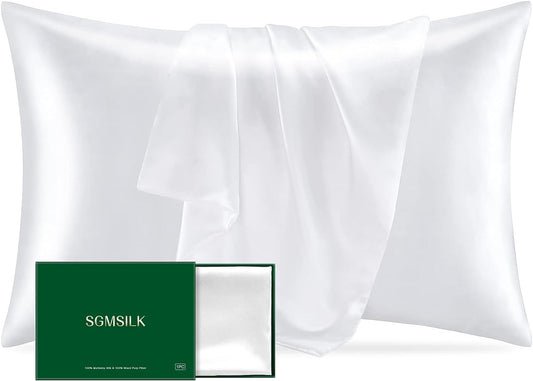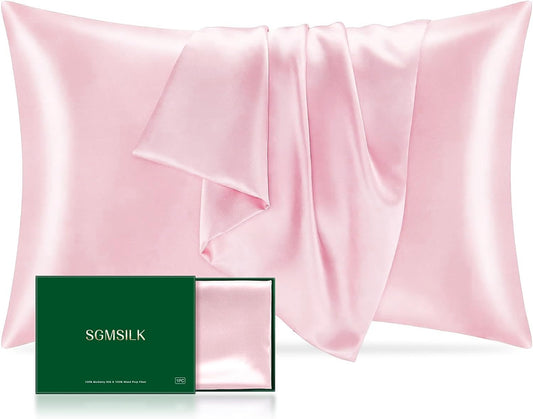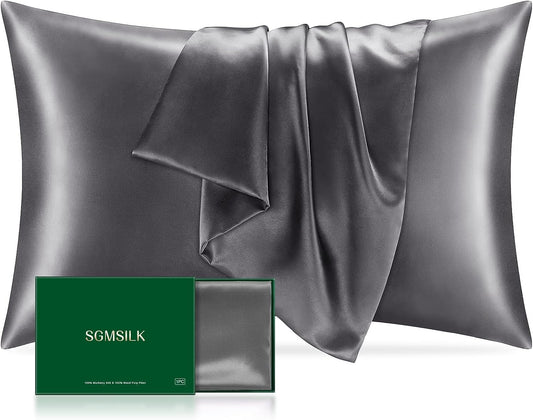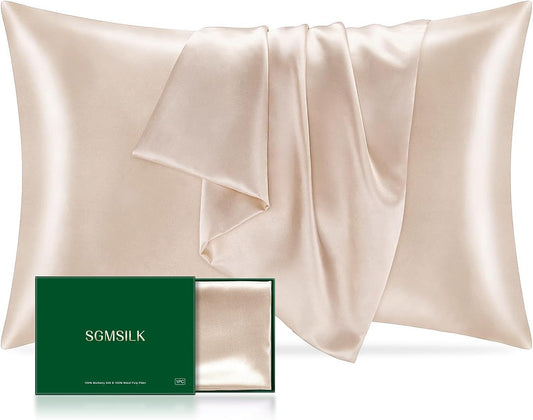Silk, a fabric coveted for its luxurious feel and timeless elegance, has been an integral part of human history for thousands of years. However, silk's versatility extends far beyond fashion and textiles. In this article, we explore the remarkable applications of silk across various fields, from medicine and technology to sustainability and beyond. Prepare to be amazed by the incredible potential of this natural wonder.
Biomedical Marvels: Silk in Medicine
Silk's unique properties make it an ideal material for biomedical applications. Silk fibers are biocompatible, meaning they are well-tolerated by the human body, making them suitable for medical implants, such as sutures, tissue scaffolds, and even artificial blood vessels. Silk's strength and flexibility mimic certain properties of human tissues, providing support and promoting healing. Additionally, silk's ability to encapsulate and protect delicate substances has led to its use in drug delivery systems. Its potential in regenerative medicine and tissue engineering holds promise for the future of healthcare.
Fashion Meets Technology: Smart Silk Fabrics
Silk is not just a fabric of beauty but also a canvas for innovation. Researchers are exploring ways to integrate technology into silk textiles, creating "smart" fabrics. These fabrics can incorporate sensors, actuators, and even microelectronics, enabling functionalities such as temperature regulation, moisture management, or even wearable computing. Smart silk fabrics have the potential to revolutionize industries ranging from fashion and sportswear to healthcare and beyond, where garments can adapt to environmental conditions or monitor vital signs.
Sustainable Solutions: Silk and Eco-friendly Practices
In the quest for sustainable alternatives, silk has emerged as an environmentally friendly choice. Silk production requires fewer resources compared to synthetic fabrics like polyester. Additionally, silk is biodegradable, meaning it can naturally break down over time, reducing its environmental impact. Furthermore, silk's durability and longevity contribute to its sustainability, as garments made from silk can withstand the test of time, reducing the need for frequent replacements.
High-Tech Marvels: Silk in Electronics
Silk's exceptional properties have found their way into the realm of electronics. Researchers have discovered that silk can serve as a flexible platform for electronic components, such as transistors and solar cells. Silk's natural transparency allows for the integration of silk-based electronics in various applications, including wearable devices, flexible displays, and even biodegradable electronic implants. This intersection of silk and electronics opens up exciting possibilities for the future of technology.
Nature-Inspired Engineering: Silk as a Design Model
Silk's intricate structure and remarkable properties have inspired scientists and engineers to replicate its features for various applications. By studying silk's molecular structure and hierarchical organization, researchers have developed synthetic materials that mimic silk's strength, flexibility, and self-healing capabilities. These bio-inspired materials have applications in aerospace, architecture, and even protective gear, where the elegance and efficiency of silk's design are harnessed to create innovative solutions.
Conclusion
Silk, nature's gift to humanity, continues to amaze us with its remarkable applications across diverse fields. From medicine and technology to sustainability and engineering, silk's versatility and unique properties make it an invaluable resource. As we delve deeper into the potential of this extraordinary material, we unlock a world of possibilities that blend tradition with innovation, elegance with functionality, and beauty with purpose. Silk truly represents the harmonious convergence of nature and human ingenuity, reminding us of the endless wonders that lie within the fabric of our world.





